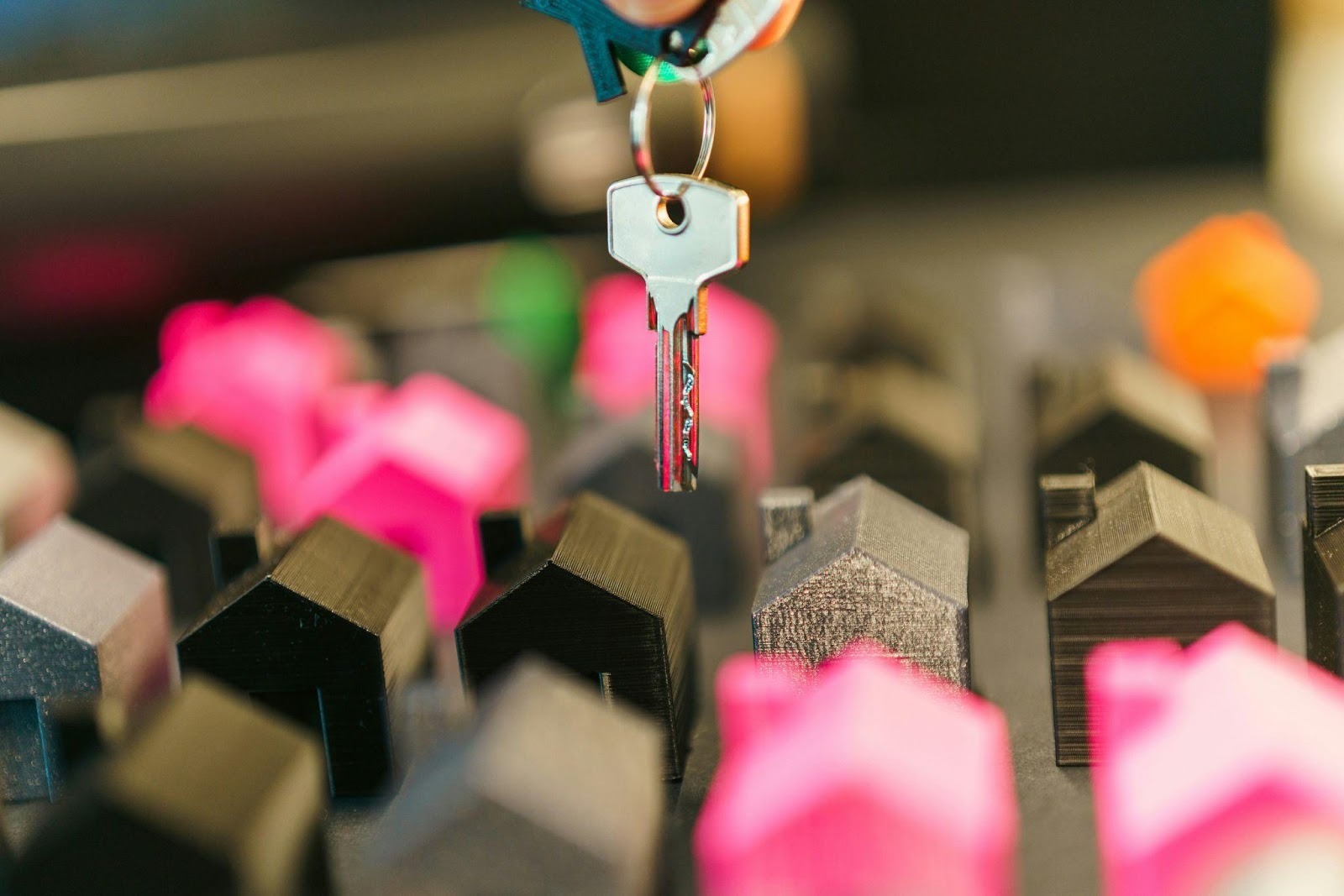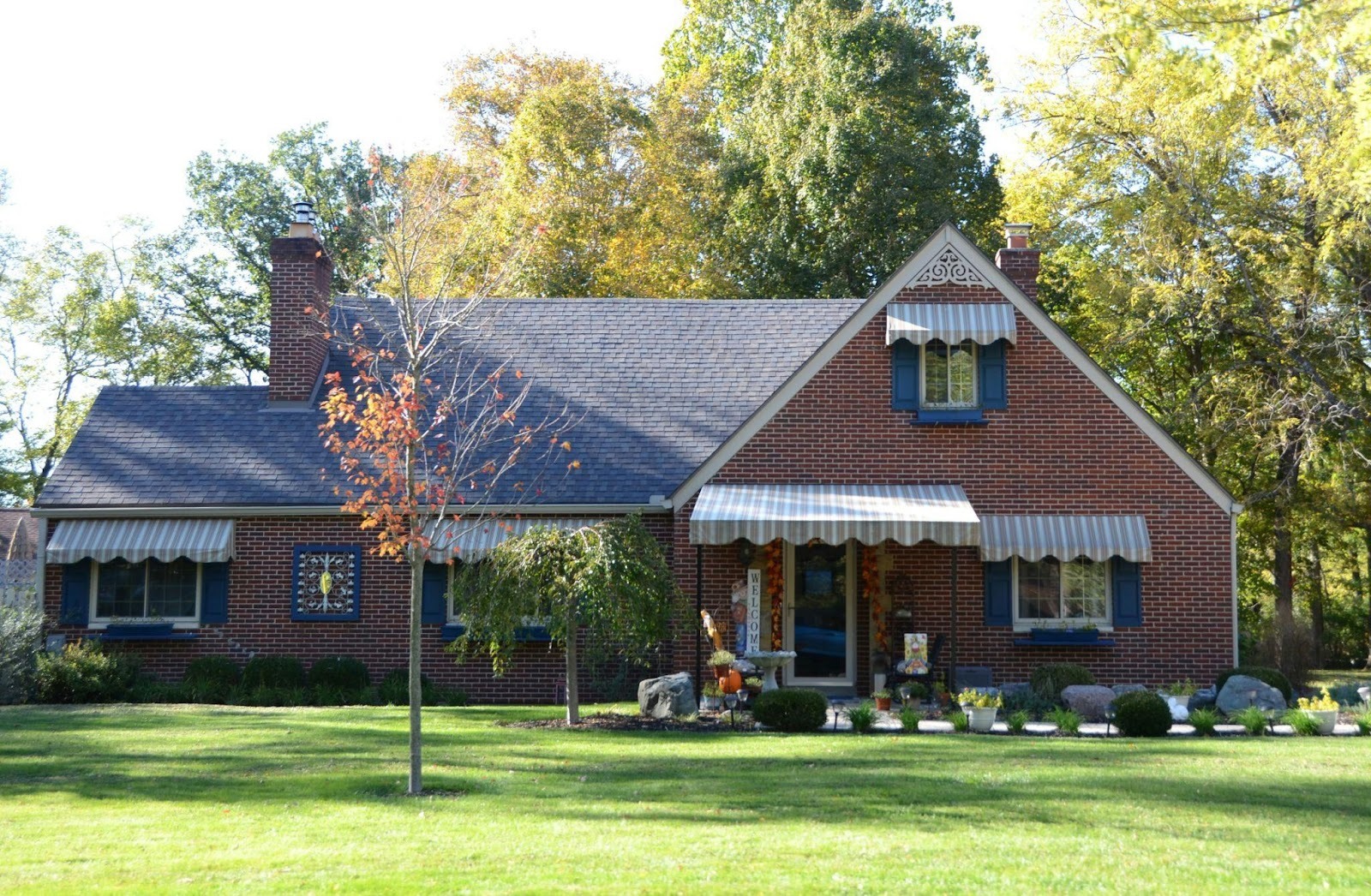Photo by Roger Starnes Sr on Unsplash
There’s a moment, right before you reach someone’s front door, when you can tell almost everything you need to know about how a home has been treated. The condition of the entryway, the way the windows sit in their frames, the aging or freshness of the trim, those tiny details speak louder than any design choice. It’s why homeowners thinking about updates often start with the exterior. Companies like Evergreen Door and Window show how these choices aren’t cosmetic extras but building blocks of comfort, safety, and long-term value.
Exterior upgrades have a strange way of affecting how the entire home feels. A new door can shift the mood of the entry. New windows can change the way rooms breathe, how noise travels, how the seasons touch the inside of the house. And while it’s tempting to treat these updates as visual refreshes, the real value lies in how they perform.
More than looks: understanding the role of exterior features
A door isn’t just a door, and a window isn’t just something you look through. They’re parts of a system: how the home keeps out weather, how it keeps in warmth, how it manages security, how it ages. When these exterior features fall behind, the home feels older even when everything inside is pristine. Drafts creep in, noise feels sharper, frames begin to warp or crack. It’s subtle at first, then it becomes a kind of background irritation that you only notice once you’ve fixed it.
Many homeowners don’t realize how much performance ties to design. A door that looks stylish but isn’t reinforced properly loses its confidence quickly. A window with thin seals might look brand-new but start fogging once the first cold season rolls through. And those issues are rarely cheap to fix after the fact, which is why choosing well from the start matters.
The interplay of materials, climate and durability
If you walk through a neighborhood long enough, you can guess which homes took climate into account and which ones didn’t. Homes exposed to heavy wind need sturdier frames. Homes in high-sun regions need materials that won’t fade or warp. Moisture-heavy climates need protective finishes and thoughtful installation to avoid rot.
This is where homeowners often underestimate the decision. The “pretty” option isn’t always the best one. The high-gloss door that looks great in the showroom might peel in two seasons. The bargain window frame might expand or contract so noticeably that it affects locking mechanisms.
Experienced contractors and installers can usually predict these outcomes before they happen, which is why expertise matters. And when homeowners choose features that match their region, the home not only looks right, it ages gracefully.
Installation: the hidden half of every upgrade
You can buy the highest-quality door or window available, but if it’s installed poorly, the problems will show sooner than you think. Exterior work lives at the intersection of weather and building structure. Small mistakes, misaligned seals, improper flashing, poorly insulated gaps create big problems later.
Many homeowners don’t see installation, so they don’t think about it. They only see the final surface. But you can often feel the difference long before you can see it. A draft along the floor. A door that sticks just slightly when humidity changes. A window that rattles on windy nights. These are installation issues, not product issues.
This is why vetted installers matter. A good installation feels invisible because the home simply behaves the way it should. A poor installation introduces tiny disruptions that slowly become part of daily experience.
Coordinating exterior elements as a cohesive update

Photo by Jakub Żerdzicki on Unsplash
One of the things homeowners overlook is how exterior elements relate to one another. A new window next to old siding can look mismatched. A modern front door against aging trim makes the trim look worse, even if it wasn’t that noticeable before. Upgrading one element often highlights the areas that weren’t upgraded.
This doesn’t mean homeowners must overhaul everything at once. But it does mean planning upgrades intentionally. If you’re starting with windows, think about trim and siding compatibility. If you’re replacing the front door, consider how it interacts with porch lighting, house numbers, or the walkway leading to it.
Homes feel most complete when the exterior has continuity materials that suit each other, colors that don’t fight, and features that look like they belong to the same era of care.
When style and safety intersect
Exterior updates are often marketed as purely aesthetic decisions, but many of the most valuable choices happen where safety and style meet. Reinforced frames, impact-resistant glass, multi-point locks these upgrades don’t announce themselves loudly, but they change how a home feels from the inside out.
A solid front door offers a kind of calm that people only notice once they’ve experienced it. A window that blocks noise turns a once-busy street into background ambience. These aren’t glamorous changes, but they’re changes that alter how you live. And when buyers eventually walk through the home, they feel it too.
Mid-project, many homeowners end up searching for guidance on which safety-driven exterior features carry the most long-term value. Industry commentary notes that thoughtful choices especially around windows and doors have an outsized impact on energy use, comfort, and perceived quality.
A well-built door or window becomes part of the structure’s backbone, not just its face.
Planning for longevity rather than quick refreshes
The biggest mistake homeowners make is thinking of exterior updates as “sprucing up.” The better mindset is long-term maintenance. These features face sun, wind, temperature swings, and moisture every single day. They’re not passive décor; they’re working parts of the building envelope.
So the question becomes not what looks nice today, but what will still function and look good ten years from now. That shift in thinking often leads homeowners to better materials, more precise installation, and more seamless integration with existing features.
How these choices influence day-to-day life
Perhaps the most underrated part of updating exterior features is how it improves the small moments. Opening a door that feels solid. Sliding a window that doesn’t fight you. Sitting in a room that stays warm when it’s cold outside and cool when it’s hot. Hearing less traffic. Feeling fewer drafts. Getting more natural light without sacrificing efficiency. These changes accumulate quietly, making the home feel more like a place that supports you rather than drains you.
And strangely, homes updated with intention often feel like they gained space, warmth or character even when nothing about the internal layout changed. For more information check out Young House Love.

